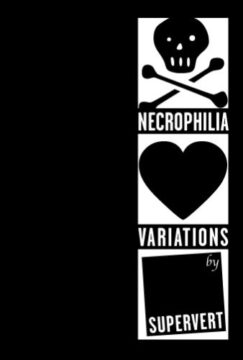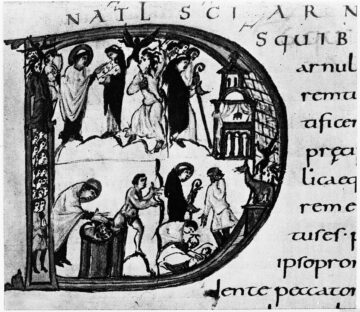Liron Mor over at the Critical Inquiry blog:
This is the time of inqisām. A time of severance, of breaking apart, of the utter destruction of Gaza, the dissolution of its inhabitants, its communities, and its infrastructures, of lives and everything that sustains them, of the very habitability of the land.
But this word, inqisām, names much more. Meaning “severance” or “being partitioned” in Arabic, it helps designate and illuminate several political, conceptual, social, and psychological aspects of Israel’s war on Gaza and on Palestinians more broadly, both before and after October 2023. It is, first and foremost, the proper name for an Israeli mode of segregation, which separates not only colonizers from colonized but also, and more importantly, the colonized from one another. It indexes technologies of distancing that produce Israeli blindness and apathy to Palestinian subjectivity. It accurately manifests the current stage of what is known as the Israeli-Palestinian conflict, a stage defined by the temporally cyclical and spatially binary logic of blood feuds and revenge, with its tendency to decontextualize and its recurrent moral rebooting of history. Finally, it helps demonstrate that what is going on at present does not constitute a break with the previous Israeli paradigm of “conflict management,” which many declared to have been shattered. Instead, this severance is simply its continuation by other means. Since “conflict management” has long involved periodic large-scale operations of mass killing and infrastructural devastation—a violence whose seasonal nature is captured by the term Israeli politicians have given it, mowing the lawn—what sets apart the current violence in Gaza is primarily its unprecedented scale.
More here.
Enjoying the content on 3QD? Help keep us going by donating now.

 Many writers’ graves are
Many writers’ graves are  I
I Welcome to Lit Trivia, the Book Review’s regular quiz about books, authors and literary culture. This week’s installment challenges you to identify classic novels from the descriptions in their original — and, well, not wholly positive — reviews in the pages of The New York Times. In the five multiple-choice questions below, tap or click on the answer you think is correct. After the last question, you’ll find links to the books if you’d like to do some further reading.
Welcome to Lit Trivia, the Book Review’s regular quiz about books, authors and literary culture. This week’s installment challenges you to identify classic novels from the descriptions in their original — and, well, not wholly positive — reviews in the pages of The New York Times. In the five multiple-choice questions below, tap or click on the answer you think is correct. After the last question, you’ll find links to the books if you’d like to do some further reading. A problem most of us have, perhaps especially women, is that when we are in the mood to have sex reinvent our lives—when we feel dirty, restless, eager to be used and witnessed—we lay around wishing for someone intuitive and creative to come along and recognize a kindred spirit in us. We walk into bars and parties as if we’re adolescents hoping to be recognized on the street by a talent scout. We know that if someone would just give us what we want, without us having to describe it, we would amaze them and ourselves. It humiliates and disappoints us when everyone who comes sniffing just feels “kind of… cheesy,” as you put it. The intention of sex voice is to conjure a mutual fantasy, to invoke a shared scene—but the question remains: Whose scene is it? We each have the opportunity (and, really, the imperative) to direct the erotic scene for ourselves—and this includes women who wish on the whole to be submissive. I don’t mean leading in sex; I mean adjusting, with a light touch, the direction in which we hope the scene will tend.
A problem most of us have, perhaps especially women, is that when we are in the mood to have sex reinvent our lives—when we feel dirty, restless, eager to be used and witnessed—we lay around wishing for someone intuitive and creative to come along and recognize a kindred spirit in us. We walk into bars and parties as if we’re adolescents hoping to be recognized on the street by a talent scout. We know that if someone would just give us what we want, without us having to describe it, we would amaze them and ourselves. It humiliates and disappoints us when everyone who comes sniffing just feels “kind of… cheesy,” as you put it. The intention of sex voice is to conjure a mutual fantasy, to invoke a shared scene—but the question remains: Whose scene is it? We each have the opportunity (and, really, the imperative) to direct the erotic scene for ourselves—and this includes women who wish on the whole to be submissive. I don’t mean leading in sex; I mean adjusting, with a light touch, the direction in which we hope the scene will tend.
 T
T